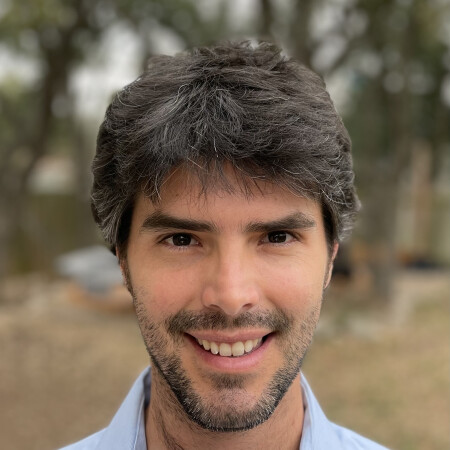
Publications
Reversal in estuarine sand supply driven by Holocene sea level rise: A model for sand transport in large structural estuaries, San Francisco Bay, California, USA 2024 - Journal Article
The New Source to Sink: Opportunities for Geoscientists in Sand and Gravel Mining 2023 - Journal Article
Neogene to recent evolution of the Southern Gulf of Mexico basin: Tectonic controls on deep‐water sediment dispersal systems 2021 - Journal Article
Detrital signals of coastal erosion and fluvial sediment supply during glacio-eustatic sea-level rise, Southern California, USA 2021 - Journal Article
Projects
sandID
sandID is a tool that uses machine learning image analysis to identify the provenance and composition of a sample of sand.We are currently in the model training phase. During this time, we need as many images of sand from as many places around the world as possible. To streamline this process and provide opportunities for citizen scientists and other researchers to contribute to building this tool, we’ve developed a simple image upload application.
If you are interested in contributing images to develop sandID, please contact me for a link to download the app.
Guidelines for Images in the sandID app
Our app has a simple workflow outlined with basic instructions to follow when you open it. It is important that the sample you are photographing is:
1) dry
2) sand (or mostly sand), meaning that most grains are less than 2mm in diameter
and
3) if entering the sample location manually, use decimal degrees with latitude and longitude separated by a comma: 32.987269, -96.748297
For our own lab samples, we place the sand in a 2 inch (5 cm) diameter PVC pipe end cap to have a standardized scale for reference. If you have easy access to such a pipe cap to use in images you upload, it makes our processing easier. If not, just follow the app instructions and it will be close enough.
Our app is currently only available for Apple devices and works best on an iPhone. It will run on an iPad but the scaling is off. We are working on developing an Android version.